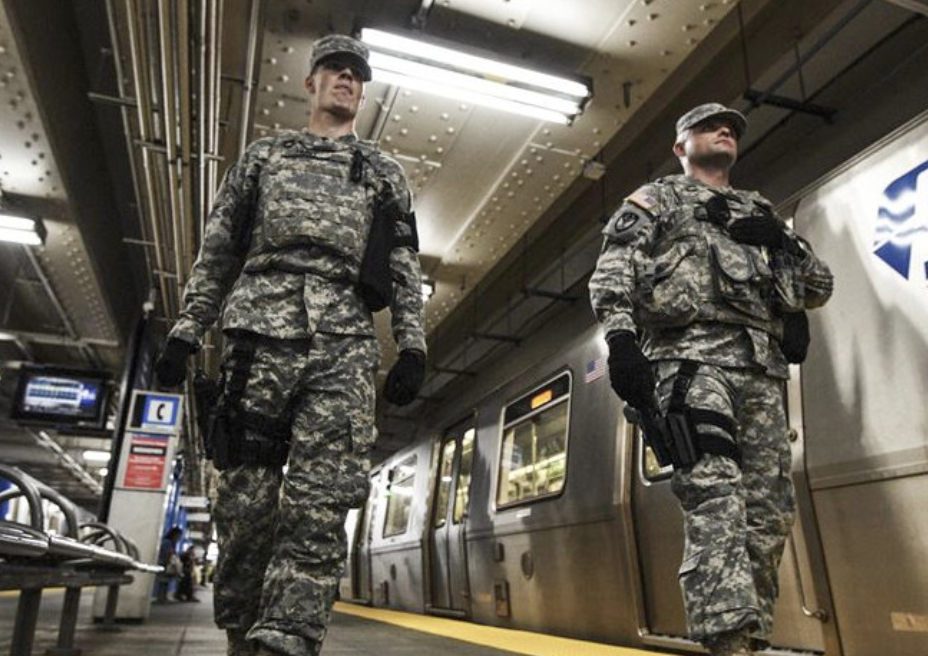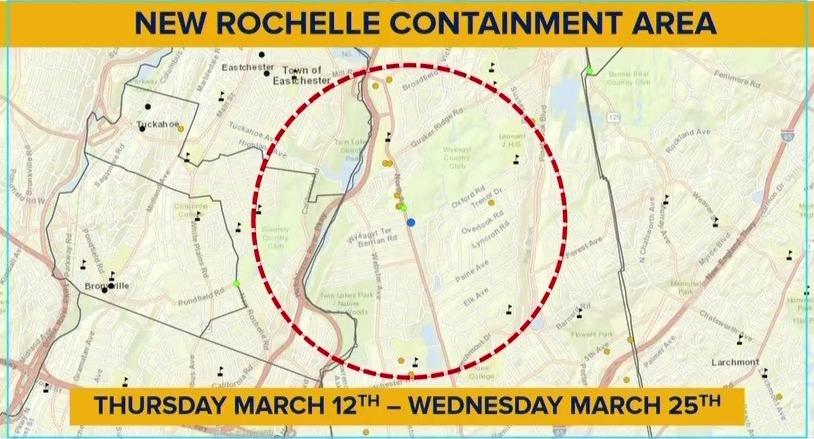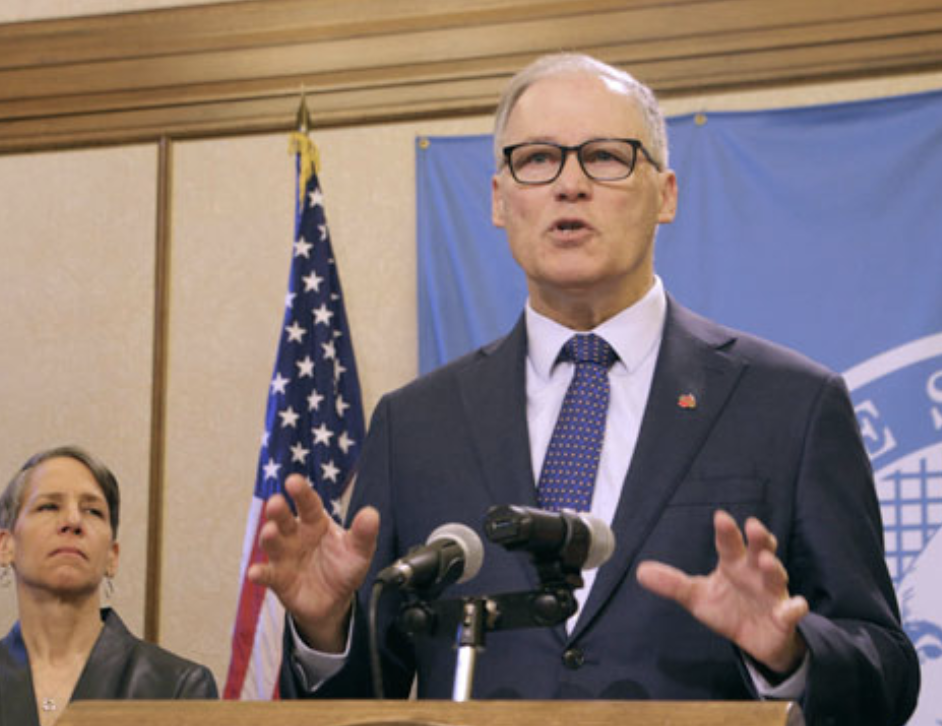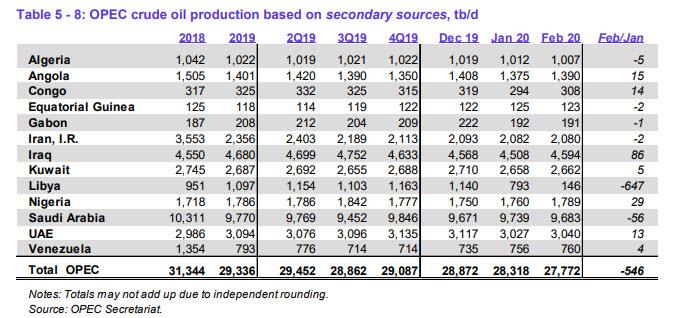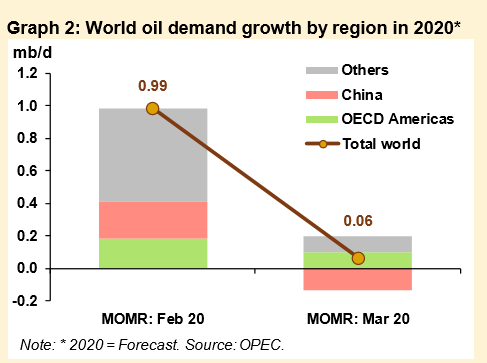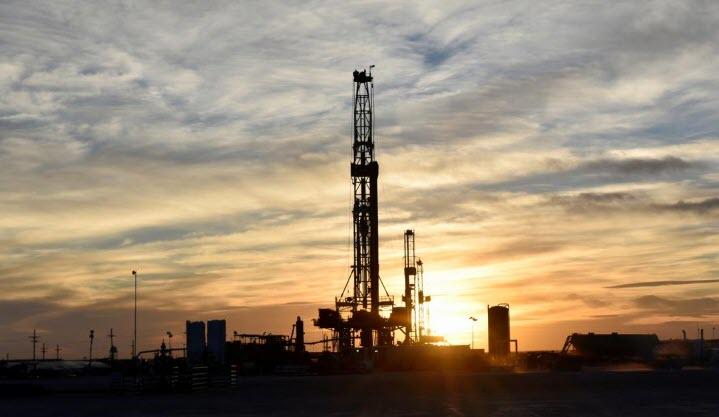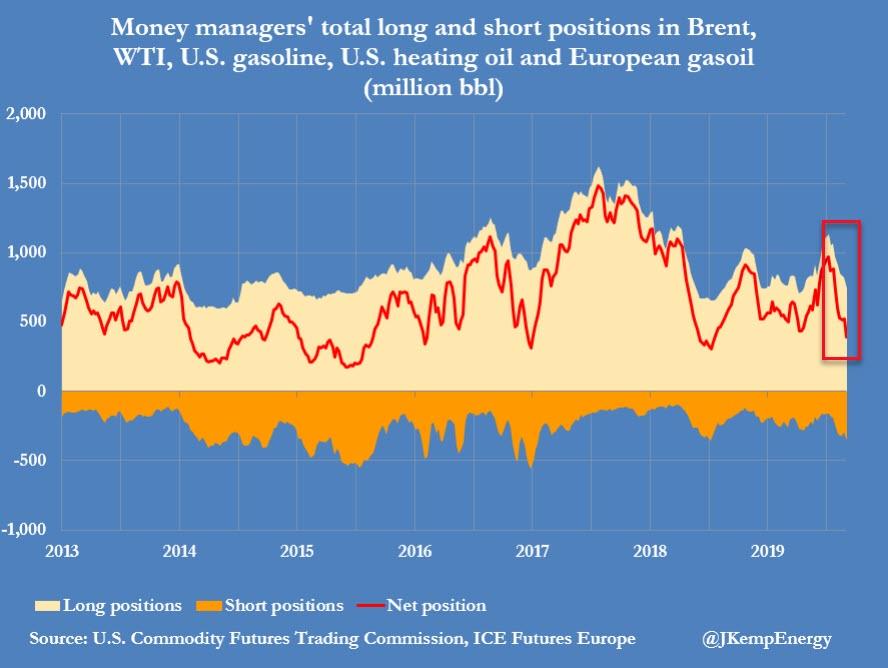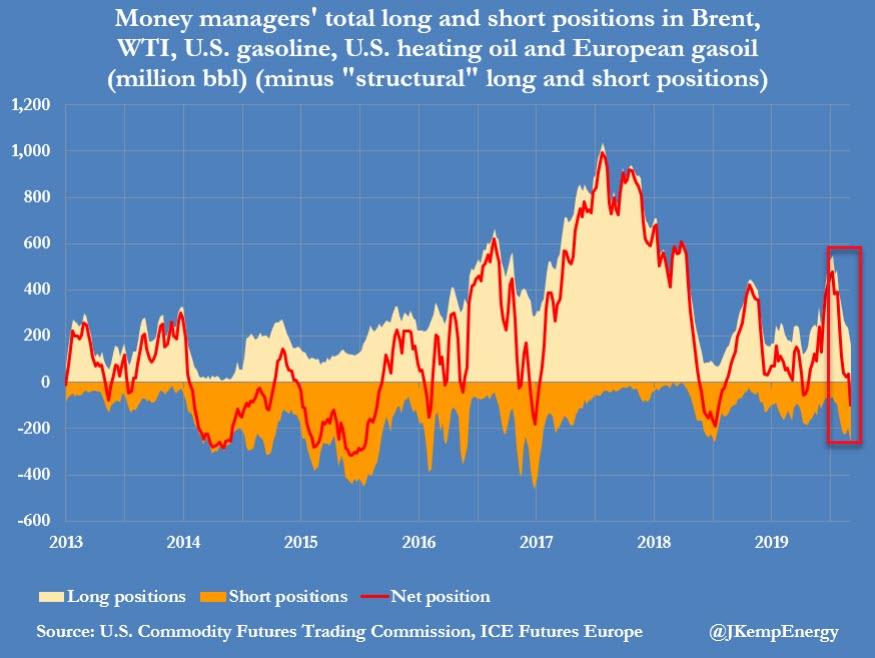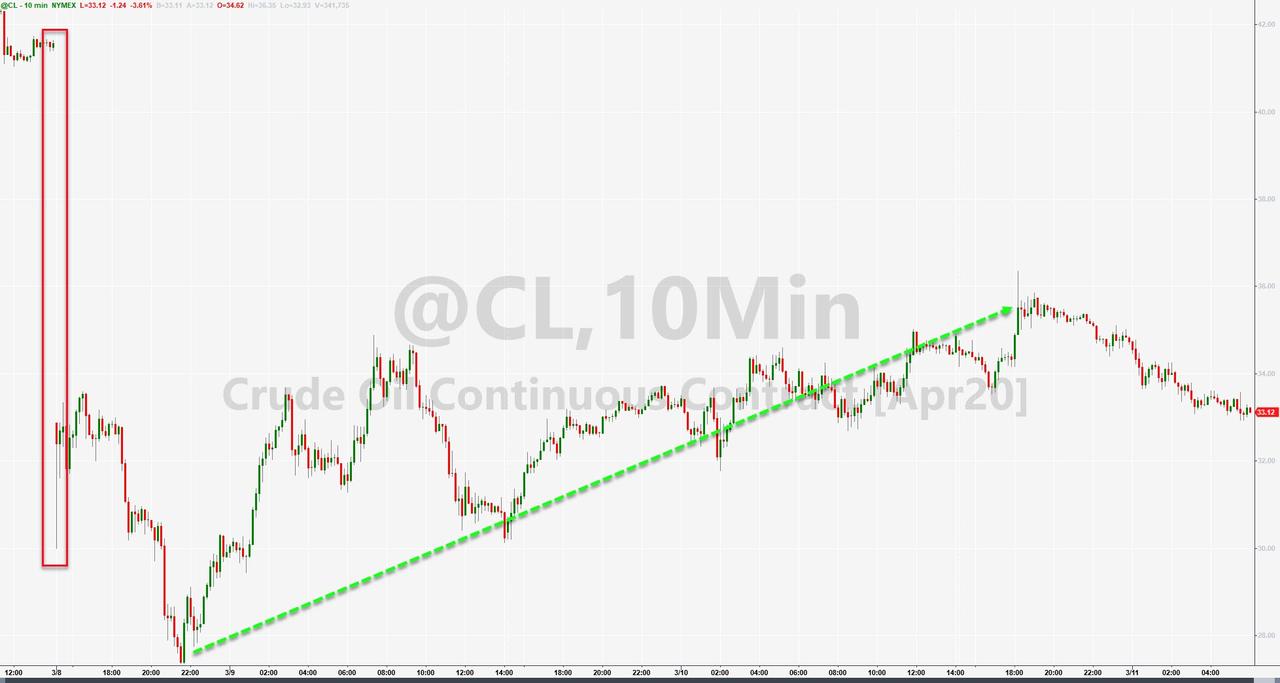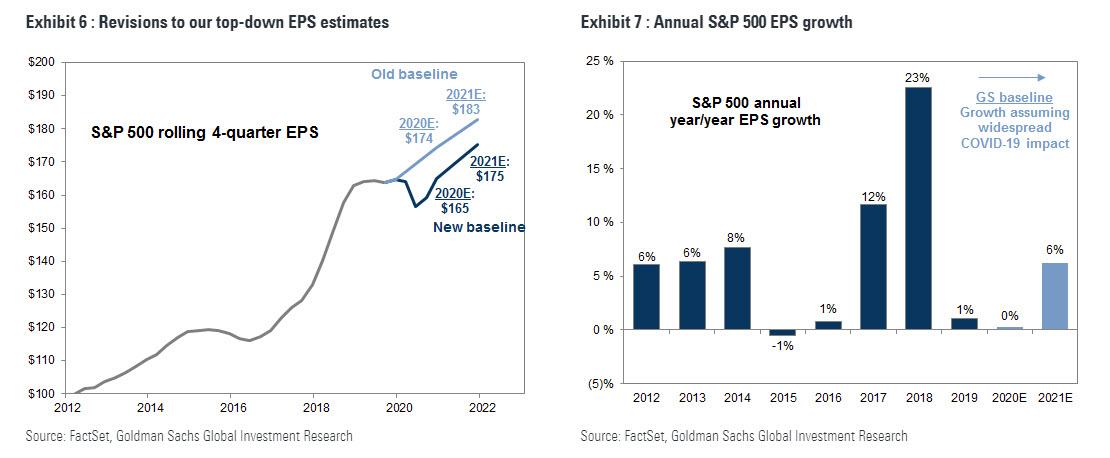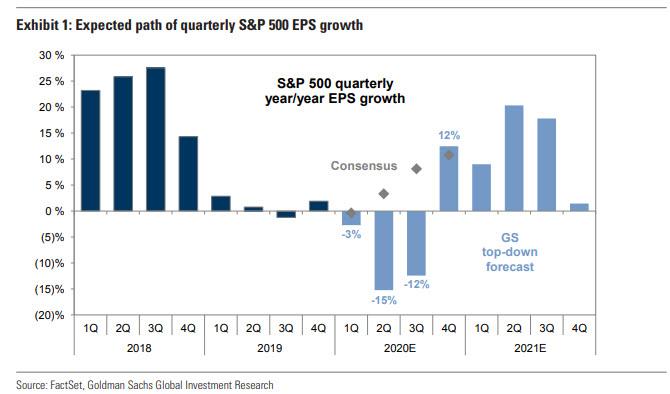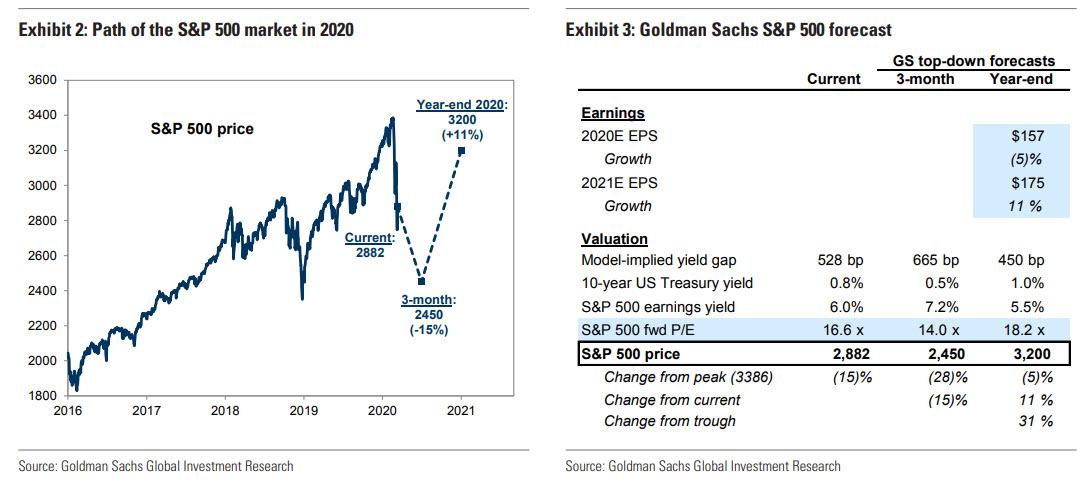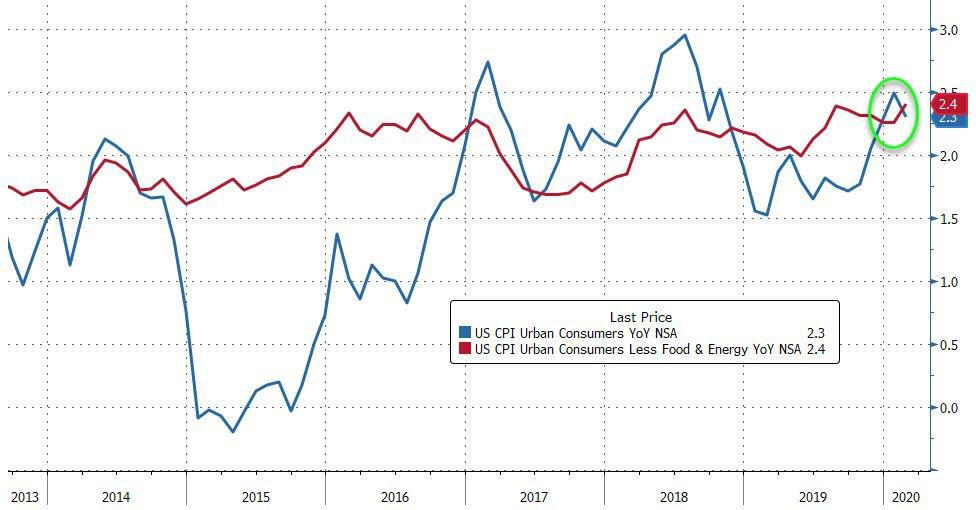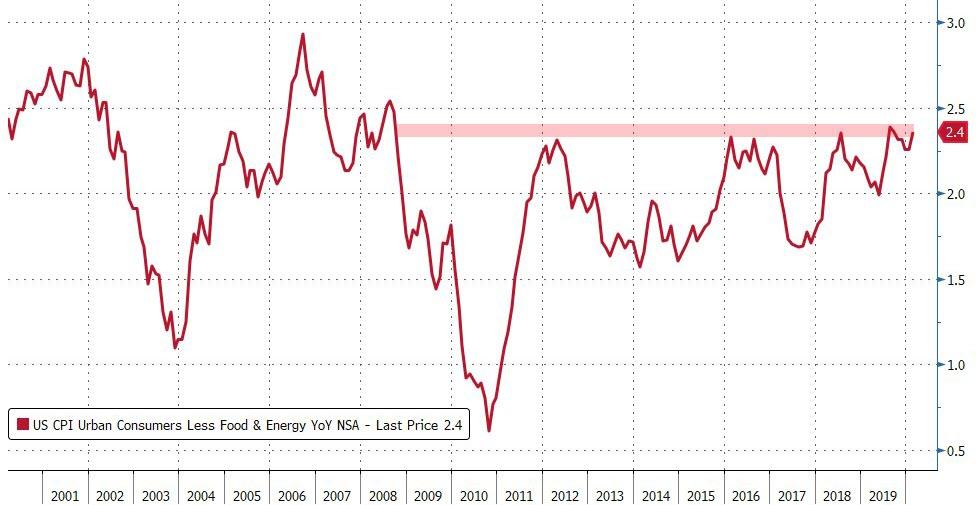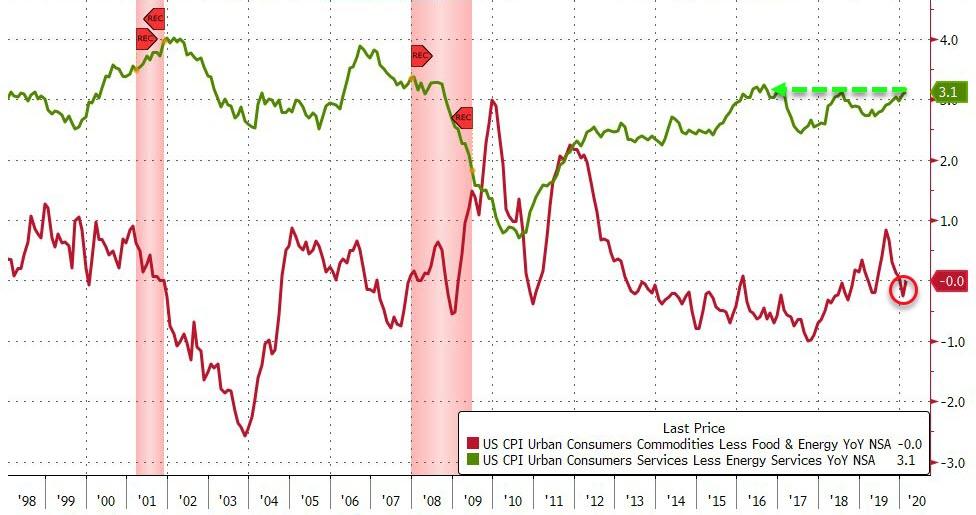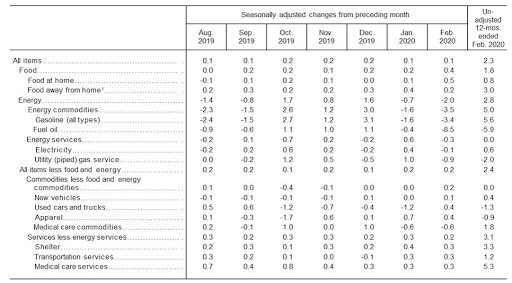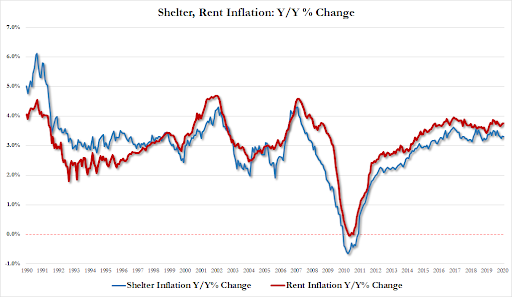Did Democratic voters hand Donald Trump the election yesterday? The mood on the left following former Vice President Joe Biden’s besting of Sen. Bernie Sanders (I–Vt.) in Tuesday’s primaries is one of defiance and scorn about the way the most establishment candidate pretty much always wins in Democratic Party politics. Many are rejecting the idea that it’s now their duty to vote for Biden and are pledging not to back Biden should he get the party’s nomination, which now seems very likely.
“We don’t want to be overly dramatic, but it does seem as if the writing is on the wall for Sanders’s campaign after tonight,” wrote Sarah Frostenson at FiveThirtyEight shortly after midnight. “And that’s because if he was going to mount a comeback, he needed to start tonight. Some of the most favorable states for Sanders left on the primary calendar voted tonight, which means things moving forward are only going to get harder, not easier.”
Biden won in Idaho, Michigan, Mississippi, and Missouri yesterday, while Sanders won in North Dakota. Washington state has still not been called.
With 1,991 Democratic Party delegates declared overall as of 9:30 a.m. this morning, Biden has 846 and Sanders 683, according to the Associated Press. (Going into Tuesday’s elections it was 664-573.) When all delegates from yesterday’s contests are awarded, 53 percent will still be in play. The math might not be strictly stacked against Sanders yet; the political consensus among journalists, pundits, and political representatives rapidly is. But Sanders supporters seem to be rejecting the idea that this means they must fall in line…
I will absolutely not vote for Biden. When they try to guilt you into it, by saying "you must be privileged not to be impacted by Trump's policies" remember: they are trying desperately to hang onto THEIR privileges, which they will never, ever extend to you.
— Lily Lynch (@lilyslynch) March 11, 2020
Now, what will happen if Bernie loses, instead of actually earning vote of the left & younger voters,
the Dem establishment will try to pressure, guilt, & shame progressive voters into voting Biden, using Trump, a symptom as excuse,
meanwhile they benefit from root cause
— Anthony Clark for Congress (@anthonyvclark20) March 11, 2020
I will not be voting for Joe Biden if he is the Democratic nominee & I suspect there are lots of other people for whom that is true. If you are a Democrat, prioritize beating Trump, & believe our support matters, I recommend voting for Bernie Sanders in your upcoming primary.
— Ben Spielberg (@BenSpielberg) March 11, 2020
The DNC may have just gotten Trump reelected
Make no mistake, if Biden — who is totally demented, excites no one, and has zero good policies to offer — is the Democratic Party candidate, Trump will win re-election. Even in an economic crisis
Bernie was the only chance to win
— Ben Norton (@BenjaminNorton) March 11, 2020
For some segments of Democratic punditocracy, this has only provoked more attempts to shame their more radical elements into supporting Biden:
Anyone who says that they’re not voting for Biden are also saying “I want Trump to replace Ruth Bader Ginsburg”
— Markos Moulitsas (@markos) March 11, 2020
But there’s a (relatively) new twist to this old story: allegations that the drama is all just a product of Russian bots!
WARNING: All of these are GOP and Russian hashtags. Don’t buy into it. They are trying to prevent Bernie Supporters from supporting Joe Biden, so that Trump wins an election he has no chance in. #ByeByeBernie #ByeByeBiden #WriteinBernie #BidenLosesToTrump
— Ms. Krassenstein (@HKrassenstein) March 11, 2020
People have also been casting blame on Sen. Elizabeth Warren (D–Mass.) for Sanders’ loss…
The numbers in MI make it clear that Warren endorsing and campaigning for Bernie might well have made a huge difference. She bears some responsibility for the catastrophic harm to the planet that is going to come from the dems running an ailing Biden only to have him be trounced. https://t.co/SkbVTcXNmp
— Nathan J Robinson (@NathanJRobinson) March 11, 2020
… something that Trump, too, has gotten in on:
Pocahontas, working in conjunction with the Democrat Party, totally destroyed the campaign of Bernie Sanders. If she would have quit 3 days earlier, Sanders would have beaten Biden in a route, it wouldn’t even have been close. They also got two other losers to support Sleepy Joe!
— Donald J. Trump (@realDonaldTrump) March 11, 2020
Interestingly, both Trumpian Republicans and left-leaning Democrats have converged on the idea that Sanders’ loss yesterday was Trump 2020’s gain.
QUICK HITS
- Andrew Yang has endorsed Joe Biden.
- Accused at a campaign stop of “actively trying to end our Second Amendment right and take away our guns,” Biden responded, “You’re full of shit.”
- Ohio may temporarily ban spectators at indoor sporting events due to coronavirus fears.
- Amy Klobuchar wants to expand antitrust law.
from Latest – Reason.com https://ift.tt/2Q8fjYe
via IFTTT


